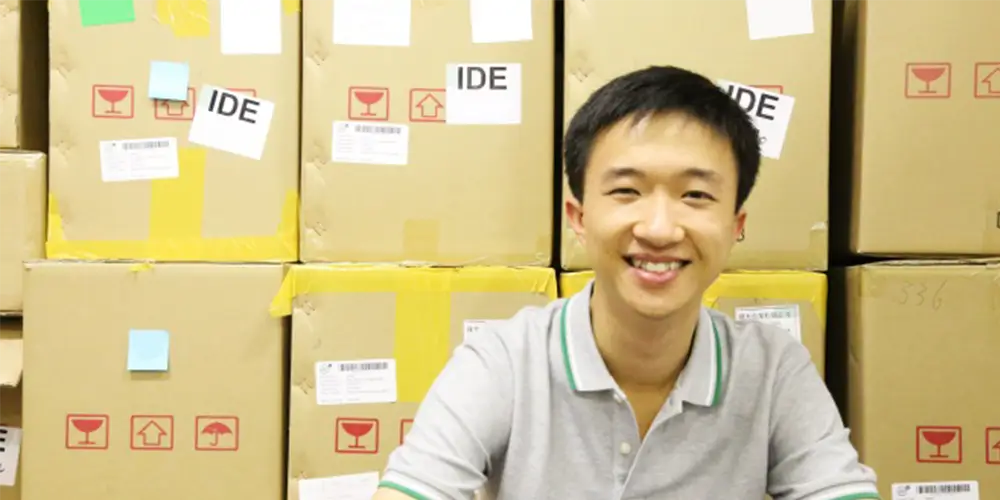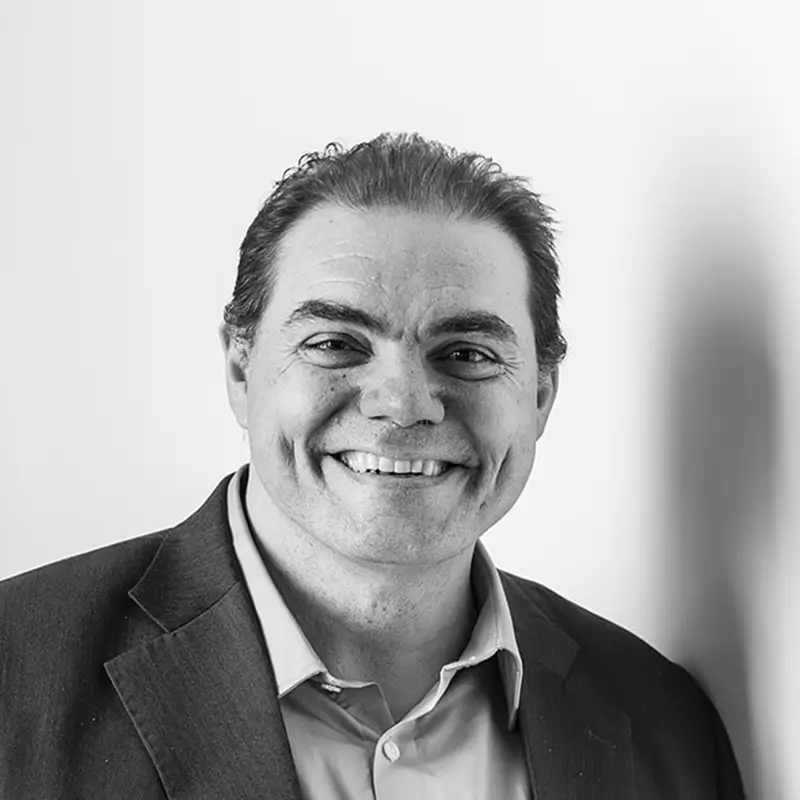
“A big part of design for manufacture is taking the initiative to think ahead.”
-SHING YAN kong
IDE Connect talks to Shing Yan Kong about the intricate world of manufacturing and explores why accelerating commercialisation requires us to know when to stop and instead, think ahead.
What’s a typical day like for you at IDE?
As the manufacturing engineer at IDE, I’m in charge of managing production across our Australian and Chinese facilities. This includes material stock control for production as well as scheduling production runs for multiple projects at a time. Managing suppliers both locally and overseas is also an important part of my role. Sometimes it means staying late or waking up early to talk to suppliers across the globe. One of my most important tasks is to ensure all production runs are done in a controlled manner, especially for medical devices.
What does design for manufacture mean to you?
A big part of design for manufacture is taking the initiative to think ahead. To me, this is what design for manufacture is all about.
At IDE, design for manufacture is central to our product development process. We bring the manufacturing element of product development right to the front of the design process. At the very beginning, when we’re conceptualising ideas, we’re already thinking about manufacture and the process we are going to take to produce the product. For example, we might consider whether the design will require injection moulding, sheet metal for forming parts or 3D printing and how these methods might impact on the final design.
In the detailed design phase, we also think about people in the assembly line and whether the design can be easily put together without a mistake. Throughout each design stage our goal is to minimise mistakes in assembly and manufacture. To us, this is incredibly important because you can have a great concept, but if it can’t be manufactured quickly and easily, it’s not going to be commercially viable over the long term.
What are a few important things to consider when designing for manufacture, particularly for medical devices?
One of the most important things to consider is manufacturing requirements for your product. The last thing you want to do is focus on your product’s design requirements but forget to consider and incorporate any necessary requirements for producing the parts!
Another important thing to consider is how clean your product needs to be. Although cleanliness requirements are not usually design specific, they are process specific and you need to think about putting it into the specification of the product so that it can be easily communicated with suppliers. This is to make sure the end product meets any cleanliness requirements. This could include thinking about whether you need a clean room or any specific handling requirements. For example, some medical device assembly doesn’t allow workers to touch a certain part or area of the product for hygienic and safety reasons. All of this needs to be considered and planned in advance.
That sounds complicated! How do you manage all of that?
Yes! Planning and coordinating all of these different elements can be very hard to do. That’s why at IDE we use a New Product Implementation (NPI) process. The whole idea of the NPI process is to seamlessly transition a product from design, development to production. We follow our own three phase design and development process called ‘Discover, Develop, Deliver’ and for every project, the NPI process starts at the very beginning of Discover.
At IDE, every product development project always has a NPI representative. This is because we know how crucial NPI is for increasing a product’s chance of success. We put in place a NPI process upfront so we can significantly minimise any production risks and translate that into overall cost savings for the client. This enables our clients to accelerate the commercialisation process and end up with a better, long term result.



